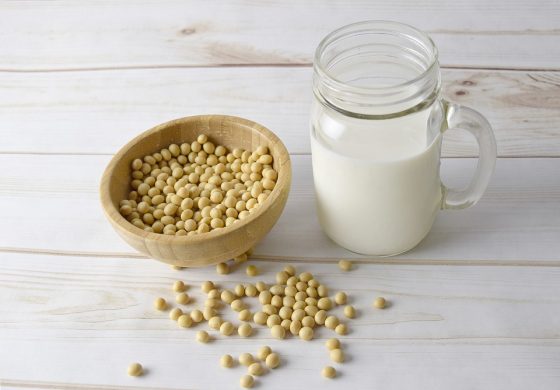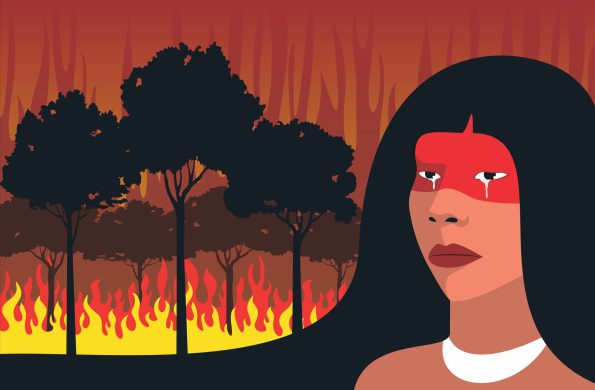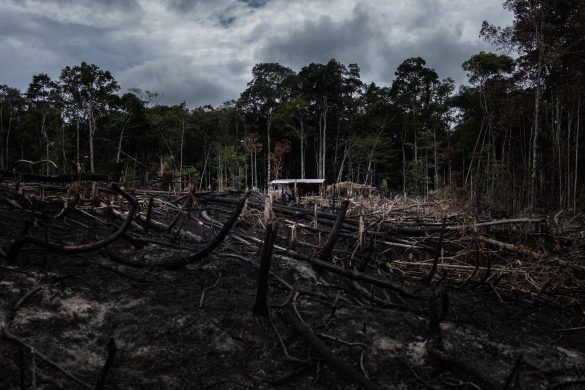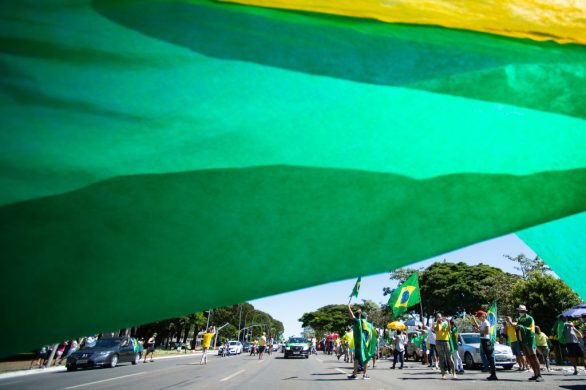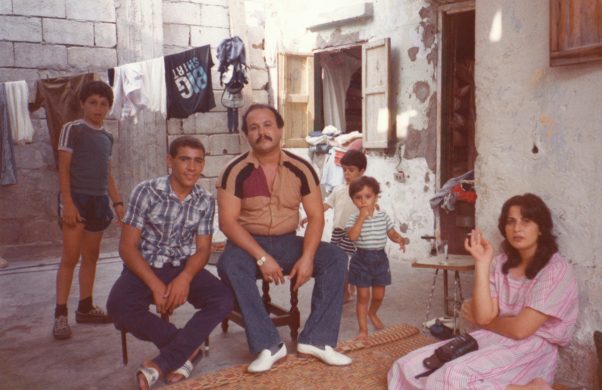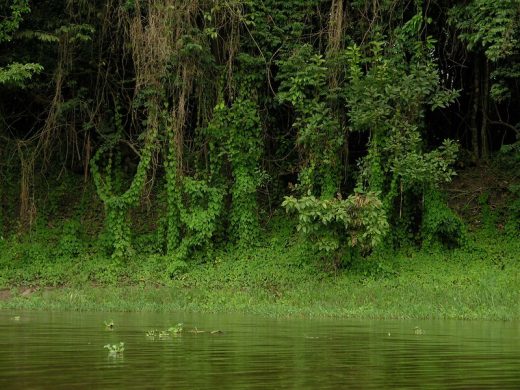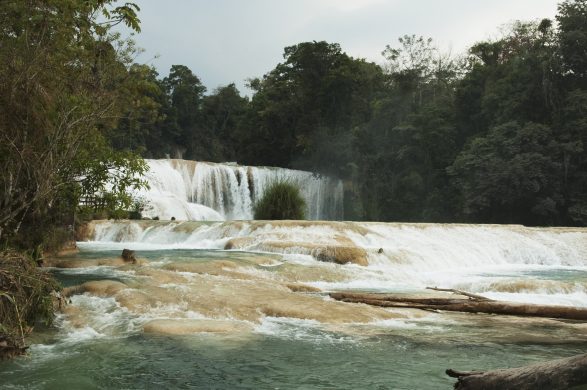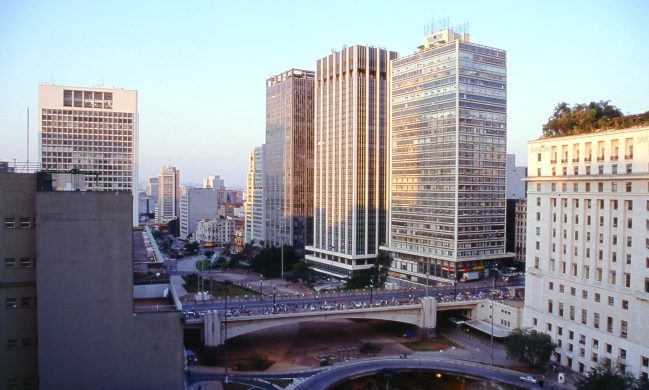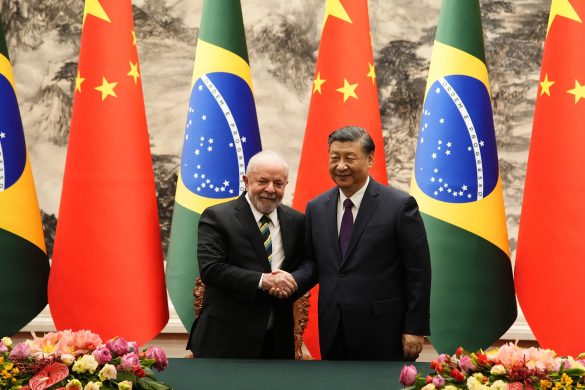Det fremgår af en pressemeddelelse fra The Nature Conservancy.
The Nature Conservancy, along with Bunge Limited and a coalition of other companies, NGOs, research organizations and government departments, launched the first version of Agroideal in September 2017 with data from the Cerrado region in Brazil.
Located in Brazil’s central high plains region, the Cerrado covers approximately 25 percent of Brazil’s surface area. With over 10,000 species of plants – 45 percent of which are unique to the region – it is the world’s most biologically rich savanna.
“Agroideal puts information at your fingertips. The challenges in the Cerrado aren’t new, but smarter accessible tech allows for better approaches to farming practices. It’s critical in places like the Cerrado, a mosaic of cleared land and natural habitat, that we have Agroideal as a trusted source to tell us where to plant, and which areas to avoid,” said David Cleary, Director of Agriculture at The Nature Conservancy.
Agricultural fronties and expansion of soy
Agroideal focuses on agricultural frontiers and the expansion of soybean production.
It allows participants in the soybean value chain to assess the risks and opportunities of development, enabling intelligent planning for growth on already open areas suitable for soybean production with potential for high productivity.
The tool allows users to integrate multiple data layers to create maps that show the relative opportunity and risk of agricultural expansion in specific regions.
Users can incorporate this information into regional development strategies, directing investment into areas of higher agronomic potential and lower environmental risk. The result can be more production with reduced conversion of natural areas and positive social and environmental impactsbenefits.
“Agroideal is an important part of implementing Bunge’s zero deforestation commitment,” said Stewart Lindsay, Vice President, Corporate Affairs, Bunge Limited. “It gives Bunge new capability to integrate environmental considerations into our planning and sourcing decisions.”
Already deforested
Recent findings highlight that more than 750,000 km² or 18 percent of the Brazilian Amazon and 825,000 km² or 41 percent of the Cerrado have already been deforested .
Since 2011, the Cerrado, has lost more land than the size of London City per year (conservative estimates) and in the Amazon, from 2015 to 2016 deforestation increased 29 percent – an area twice the size of Rio de Janeiro City .
“The Cerrado is perhaps Brazil’s last agricultural frontier, and we need to find tools to protect this environmental asset. Deforestation, agricultural expansion, and fires have destroyed large areas of this biologically rich savannah, and demand for soy crops is putting tremendous pressure on the region. Agroideal will help companies meet this demand with the least environmental and social impact,” said Flávia Pinto, Agroideal Coordinator at The Nature Conservancy in Brazil.

